David Robie also blogs at Cafe Pacific
While the globe struggles to cope with the deadly onslaught of the covid-19 pandemic, communicators, historians, journalists and activists have been deploying innovative ways of marking three nuclear-related anniversaries in barely a month.
Over the next few days, the devastating destruction, cruel loss of life and survivors’ stories from the world’s first and only deployment of nuclear weapons are being remembered in Japan and around the world.
The United States dropping of nuclear bombs on Hiroshima 75 years ago on 6 August 1945 and then on Nagasaki three days later left two utterly destroyed cities and more than 215,000 people dead. Thousands more lives were lost in the following years from leukemia, cancer and other diseases caused by the radiation from the weapons.
READ MORE: Another Hiroshima is coming – unless we stop it now
With the third anniversary, 10 July 1985, although only one life was lost – there could easily have been more – the repercussions for New Zealand and throughout the Pacific have also been shattering.
One outrage was a wartime atrocity, claimed falsely that it was carried out to shorten the Pacific war, and the other was a peacetime atrocity.
The Greenpeace flagship Rainbow Warrior was bombed by French secret agents with the loss of Dutch photojournalist Fernando Pereira. But the anti-nuclear protest that was meant to be silenced continued courageously, and a decade later France was forced to halt nuclear tests at Moruroa atoll with the last detonation in early 1996.
One of the champions of the South Pacific’s nuclear-free and independence campaigners, Oscar Manutahi Temaru, made an inspirational guest appearance last week in a retrospective webinar about the impact of the Rainbow Warrior bombing 35 years on.
The webinar, titled “The Rainbow Warrior Incident: 35 Years Later”, featured several protagonists, analysts and authors speaking about the sabotage of the environmental flagship.
It was originally planned as part of an H-France history conference in Auckland but the pandemic forced organisers to go virtual.
Temaru, five times president of French-ruled Polynesia (Ma’ohi Nui) and the mayor of Faa’a, the “nuclear-free” airport suburb on the fringe of the capital of Pape’ete, made some challenging comments.
John Pulu’s Tagata Pasifikla report on Oscar Temaru.
Four years ago, he told Tagata Pasifika’s John Pulu that a half-century legacy of nuclear tests in Polynesia was to blame for the at times toxic relationship with the coloniser.
“The French government, through its President, General De Gaulle decided to use our country for the French nuclear testing,” Temaru said.
“They came down here with their private enterprises – the French army – and they have dismantled the whole life of this country. They pulled it upside down.”
Temaru knew what to expect, as during the Algerian War of Independence he was in the French navy and he was deployed to the conflict at a time when France was conducting its early nuclear tests in the Sahara Desert.
Early years of devastation
Temaru was later a customs officer in Tahiti and saw at first hand the early years of the devastation of the military machine in Moruroa and Fangataufa atolls in the southern Gambier islands as they became the new host for French nuclear tests.
France conducted 193 nuclear tests – 46 in the atmosphere – in the 30 years between 1966 and 1996, but the legacy of the testing was still felt for 50 years with the medical and environmental consequences and lawsuits continuing to this day.
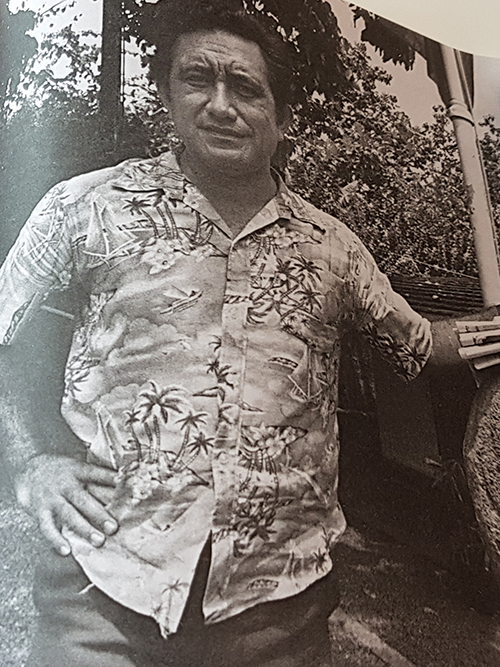
Temaru’s rallying cry has been to seek independence from France.
With a Cook Islands mother and Tahitian father and having worked on school holidays in freezing works in Auckland, he has long had a strong affinity with the “independent” nations of the Pacific and aspires to Tahiti one day becoming a full member of the Pacific Islands Forum.
Thanks to strong support of several Pacific nations and the Non-Aligned Movement, the UN General Assembly voted on 17 May 2013 to put the country back on the UN list of non-self-governing territories.
Since then he has been a marked man for vindictive elements in the French establishment who see it is payback time.
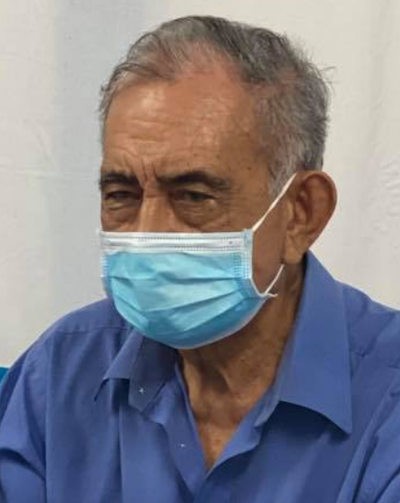
In June, he was on a hunger strike over his treatment by the French judiciary. A prosecutor has seized his personal savings of US$100,000, in an act described as illegal by his defence lawyers, in a case which he is being accused of political “undue influence”.
Last week, his Tavini Huiraatira party launched a petition outside the lawcourts of Pape’ete calling for the sovereignty of the Ma’ohi Nui people. The petition, open for a year and expected to be presented to the United Nations and the Pacific Islands Forum, also calls for compensation from France for the damage caused by three decades of nuclear tests.
‘Scandalous’ legal action
One of the two Tahitian politicians in the National Assembly in Paris, Moetai Brotherson, branded the action as “scandalous”, claiming prosecutor Herve Leroy had exceeded his powers.
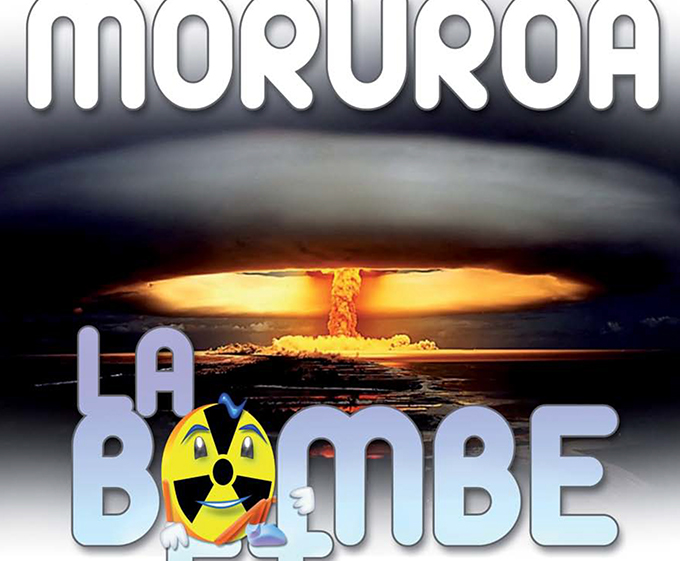
The judicial controversy is over the local pro-independence station Radio Tefana which the prosecution claim is benefitting his pro-independence party Tavini Huiraata (People’s Servant Party), founded in 1977.
“As a Mangarevian, I see Oscar Temaru as our only voice for indigenous sovereignty and it starts – as he has said so many times – by making the French accountable for what they have done,” says Ena Manuireva, an Auckland-based Tahitian researcher studying the loss of cultural identity among his Mangarevan community, its origin and impact.
“Temaru has has always fought the same fight – we, the local population, must be the masters of our own destiny. The French coloniser needs to leave if they don’t want to give us independence.”

Manuireva was one of the speakers at the webinar, hosted by Canada’s Simon Fraser University of Vancouver with support by Massey University and the University of Auckland is part of a “France and Beyond” joint conference of the Society for French Historical Studies and George Rudé seminar on French history and civilisation.
A doctoral candidate at Auckland University of Technology (AUT), Manuireva was born in Mangareva (Gambier), the smallest archipelago in Ma’ohi Nui in 1967. He left the island after the first nuclear test on July 2, 1966.
Nuclear panel speakers
Key organiser and moderator was Dr Roxanne Panchasi, an associate professor at Simon Fraser University who specialises in 20th and 21st century France and its empire. She is the author of Future Tense: The Culture of Anticipation in France between the Wars and her recent research has focused on French nuclear weapons and testing since 1945.
Also featured on the panel were:
Stephanie Mills, currently director of campaigns at NZEI Te Riu Roa, and Greenpeace’s former Pacific nuclear test ban campaigner; Dr Rebecca Priestley, associate professor at the Centre for Science in Society at Victoria University in Wellington; and me, a Pacific media educator and director of the Pacific Media Centre-Te Amokura at AUT. As a journalist, I was on board the campaign ship and wrote Eyes of Fire: The Last Voyage of the Rainbow Warrior.
- French nuclear tests: ‘I bury people nearly every day, what was our sin?’
- John Pilger’s article on the 75th anniversary of the Hiroshima bombing

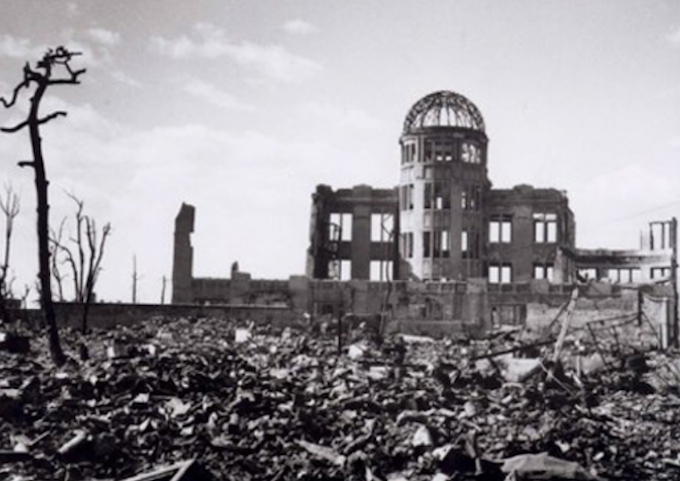

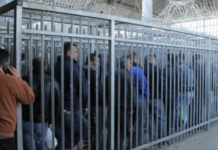
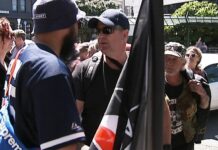

If I had known what they were going to do with it I would have become a shoemaker – Einstein.
Excerpt from John Pilger (linked above)
I have reported from five nuclear “ground zeros” throughout the world — in Japan, the Marshall Islands, Nevada, Polynesia and Maralinga in Australia. Even more than my experience as a war correspondent, this has taught me about the ruthlessness and immorality of great power: that is, imperial power, whose cynicism is the true enemy of humanity.
This struck me forcibly when I filmed at Taranaki Ground Zero at Maralinga in the Australian desert. In a dish-like crater was an obelisk on which was inscribed: “A British atomic weapon was test exploded here on 9 October 1957”. On the rim of the crater was this sign:
WARNING: RADIATION HAZARD
RADIATION LEVELS FOR A FEW HUNDRED METRES
AROUND THIS POINT MAY BE ABOVE THOSE CONSIDERED
SAFE FOR PERMANENT OCCUPATION.
For as far as the eye could see, and beyond, the ground was irradiated. Raw plutonium lay about, scattered like talcum powder: plutonium is so dangerous to humans that a third of a milligram gives a 50 percent chance of cancer.
The only people who might have seen the sign were Indigenous Australians, for whom there was no warning. According to an official account, if they were lucky “they were shooed off like rabbits”.
Raw plutonium lay about, scattered like talcum powder:
If you think that’s too far away to affect us, just remember the Aus bushfires earlier this year, when they covered parts of Aotearoa in ash and yellowish muck. RNZ Aus Bushfires, Fox Glacier Covered in Ash
Oodgeroo referenced the A-bomb in her poem, “No More Boomerang”.
Oodgeroo, No More Boomerang
Or, read aloud to music here
Someone whom I hope will always be remembered in Aotearoa NZ is legendary pacifist Archibald Baxter, father of James K Baxter. There was some discussion over his memorial back in May. I’m not sure how that turned out. You can read about it here. ODT, No Peace Yet
Good Stuff Kheala
NZ Peace Council led by Barney Richards promoted peaceful co-existence and got investigated by the SIS, CIA ,Police and Army personnel for leading a voice for peace.
Barney represented NZ at a Horoshima anniversary and was held in the highest regard by Japanese of all ranks.
An elderly Japanese pilot who flew over Wellington in a reconnaissance plane launched from a submarine, asked Barney through an interpreter to humbly offer his apologies for any distress his flight may have caused the people of Wellington. Barney remembered the plane flight and the fear but was very welcoming in accepting the offer and did publicise it in Wellington with humility..
The USA killed thousands and maimed generations since but no apology ever uttered.
Comments are closed.